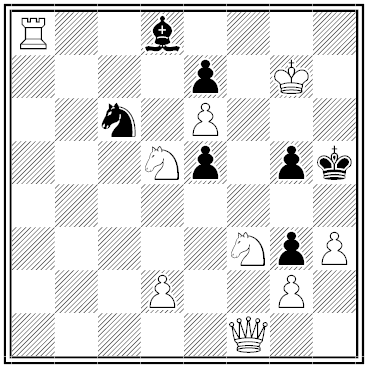- The first child to be vaccinated in Russia was named Vaccinov.
- Every treasurer of the United States since 1949 has been a woman.
- 15642 = 1 + 56 + 42
- up inverted is dn.
- “Life well spent is long.” — Leonardo
Author: Greg Ross
Unquote
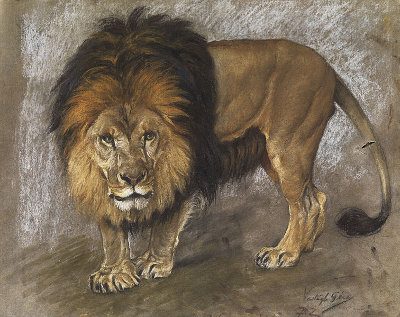
“You often ask me, Priscus, what sort of person I should be, if I were to become suddenly rich and powerful. Who can determine what would be his future conduct? Tell me, if you were to become a lion, what sort of a lion would you be?” — Martial
Finished
To-day at 10 a.m. the Cardinal was buried in the church at the back of the Catinari. According to old custom, when he was put into the grave, his head-cook walked up to it and said, ‘At what time will your Eminence dine?’ For a minute there was no response, and then the major-domo replied, ‘His Eminence will not want dinner any more’ (non vuol altro). Then the head-footman came in and asked, ‘At what time will your Eminence want the carriage?’ and the major-domo replied, ‘His Eminence will not want the carriage any more.’ Upon which the footman went out to the door of the church, where the fat coachman sat on the box of the Cardinal’s state carriage, who said, ‘At what time will his Eminence be ready for the carriage?’ and when the footman replied, ‘La sua Eminenza non vuol altro,’ he broke his whip, and throwing down the two pieces on either side the carriage, flung up his hands with a gesture of despair, and drove off.
— From the journal of Augustus Hare, Rome, Dec. 21, 1865
A New Day
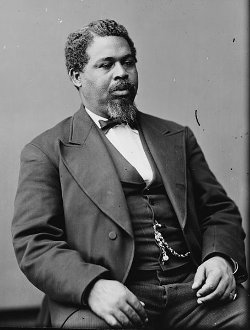
Early on the morning of May 13, 1862, a lookout on the U.S.S. Onward spotted a Confederate steamer heading out of Charleston Harbor directly toward the Union blockade. Commander F.J. Nickels was about to fire when he saw that the steamer was flying a white flag. “The steamer ran alongside and I immediately boarded her, hauled down [the] flag of truce, and hoisted the American ensign, and found that it was the steamer Planter, of Charleston, and had successfully run past the forts and escaped.”
The transport ship’s pilot, Robert Smalls, had resolved to escape slavery by steaming out to the Union warships blockading his city. When the ship’s white officers had gone ashore that night, he directed his eight fellow slaves to fire up the boilers and guided the ship to a nearby wharf, where they collected their families. Then Smalls donned the captain’s hat and coat and gave two long and one short blasts on the whistle as they neared Fort Sumter, as he had seen the captain do. The sentry sent him on his way. As he made for the Union fleet three miles away, he put up one of his wife’s bedsheets as a flag of truce.
Harper’s Weekly called the theft “one of the most daring and heroic adventures since the war commenced.” In his Naval History of the Civil War, Union admiral David Dixon wrote, “The taking out of the ‘Planter’ would have done credit to anyone, but the cleverness with which the whole affair was conducted deserves more than a passing notice.”
Smalls was given a monetary reward for the captured Planter and went on to serve in the South Carolina legislature and the U.S. House of Representatives. When Abraham Lincoln asked why he had stolen the ship, he said simply, “Freedom.”
Decorum
“The perfect hostess will see to it that the works of male and female authors be properly separated on her bookshelves. Their proximity, unless they happen to be married, should not be tolerated.”
— Lady Gough, Etiquette, 1863
“No matter what the fashion may be, the gloves of a well-dressed woman are never so tight that her hands have the appearance of sausages.”
— Margery Wilson, The New Etiquette, 1947
“A beautiful eyelash is an important adjunct to the eye. The lashes may be lengthened by trimming them occasionally in childhood. Care should be taken that this trimming is done neatly and evenly, and especially that the points of the scissors do not penetrate the eye.”
— Eliza Bisbee Duffey, The Ladies’ and Gentlemen’s Etiquette, 1877
Stormy Weather
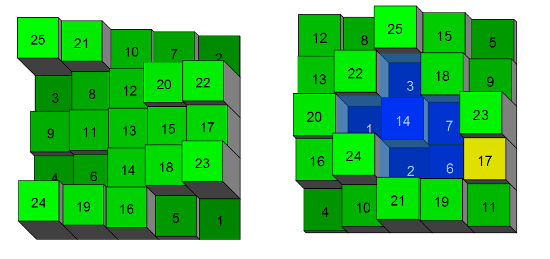
Take an ordinary magic square and imagine that the number in each cell denotes its altitude above some common underlying plane. And now suppose that it begins to rain, with an equal amount of water falling onto each cell. What happens? In the square at left, the water cascades from square 25 down to square 21, and thence down to 10, 7, 2, and into space; because there are no “lowlands” on this landscape, no water is retained. (Water flows orthogonally, not diagonally, and it pours freely over the edges of the square.)
By contrast, in the square on the right a “pond” forms that contains 69 cubic units of water — as it happens, the largest possible pond on a 5×5 square.
With the aid of computers, these imaginary landscapes can be “terraformed” into surprisingly detailed shapes. Craig Knecht, who proposed this area of study in 2007, created this 25×25 square in 2012:

Next year will mark the 500th anniversary of the famously fertile magic square in Albrecht Dürer’s 1514 engraving Melancholia — a fact that Knecht has commemorated in the shape of the ponds on the 14×14 square at right.
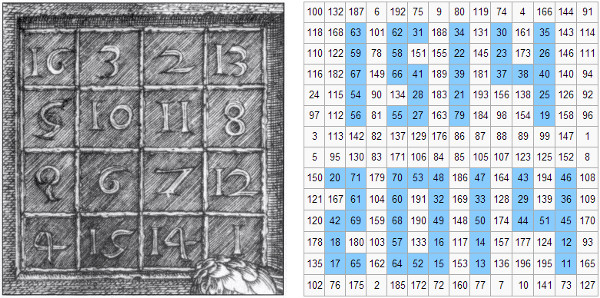
Squeak

On March 18, 2002, Zimbabwean farmer Terry Ford was murdered on his farm outside Harare, apparently by government-backed invaders.
When authorities arrived they found a 14-year-old Jack Russell terrier guarding the body. “Squeak,” described as Ford’s best friend, had accompanied his master when he tried to escape by breaking down a fence with his car. When this failed, the attackers had pulled Ford from the vehicle, beaten him, tied him to a tree, and shot him through the head.
“When Terry Ford’s battered body was found under a tree, the little terrier was still at his side,” said Meryl Harrison of Zimbabwe’s SPCA. “The dog would not leave the farmer’s body.”
At Ford’s funeral, Squeak followed the procession up the church aisle and sniffed the coffin, evidently confused, before retreating to the arms of Ford’s fiancee. He was finally adopted by a friend of the family.
Partial Credit
On his 36th birthday, feeling that his most fertile years were behind him, mathematician Abram Besicovitch said, “I have had four-fifths of my life.”
At age 59 he was elected to the Rouse Ball Chair of Mathematics at Cambridge.
When J.C. Burkill reminded him of his earlier remark, he said, “Numerator was correct.”
Black and White
“The Bender”
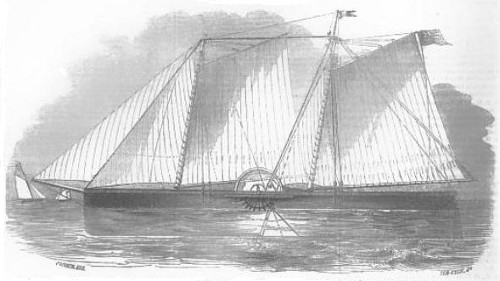
Scientific American examined a novel idea in 1854: a jointed ship whose fore and aft sections can rise and fall independently on the waves. The ship would then flex with each swell, and a chain extended between the masts could drive a paddlewheel amidships. “The hope is cherished that this Bender, whether in the form of a small boat for harbor use, or in a vessel of larger size, will demonstrate the practicability of using the wave power in moving against a head-wind.”
I don’t know how far they pursued the idea. A shipbuilder named George Steers declared himself “ready to undertake the construction of such a vessel for any parties that may apply to him.”

